*NURSING > Study Notes > study notes. NR228: Nutrition latest notes graded A (All)
study notes. NR228: Nutrition latest notes graded A
Document Content and Description Below
NR228: Nutrition Health-is a state of complete physical, mental, and social well-being, emotional, spiritually, socially. Nut ? Formal Education-School ? Non-formal Education-American Heart Asso... ciation or community wellness programs ? Informal Education- occurs through daily activities ? When a nurse chats with a patient regarding diet modification Carbs= fuel—Simple (sugar) Complex (starch, fiber-provides no Kcals, no energy Dietary Reference Intakes (DRI)- How much experts recommend you eat of something, the goal to help prevent the chronic development of illness. ? Estimated Average Requirement (EAR) ? Recommended Dietary Allowance (RDA) ? Adequate Intake (AI) ? Tolerable Upper Intake Level (UL)-how much of a nutrient you can have before you have negative effect. ? Acceptable Macronutrient Distribution Ranges (AMDRs)- counting macros (proteins, carbs) ? Fats 20-35%, Carbs 45-65%, Proteins 10-35%. Kilocalorie know the table below Males 2 drinks per is mod, 1 Food labels -1st thing to do is to read the serving size. o Free- Contains insignificant amount of fat (<0.5 grams) o Reduced- 25% less calories o Light/Lite- 1/3 fewer calories, or 50% less fat o Organic vs Non-Organic-meat has to be no antibodies, no GMO, no synthesis fert., no pest control. chooseMyplate.gov ✓ Requires 50% of grains should have whole grains. ✓ Vegs 2 ½ cups/ per day ✓ Fruit 2 cups/ day ✓ Dairy= skim/low fat Plant base diet is recommended Best form of food is Fresh/ Raw vegs, then frozen, then canned foods. Exchange List ? Created by the American Diabetes and the American Dietetic Association ? Foods are divided into carbs, meats/meat subs, and fats. ? Serving size provides similar amount of carbs, protein, fat, and kcal. Most effective way to evaluation a Pt’s diet is a FOOD JOURNAL. Carbs: ► Carbs are made up of: organic compounds of carbon, hydrogen, and oxygen make up simple carbs ► Simple: Monosaccharides (glucose, fructose) pass thought the GI easily. ► Simple: Disaccharides [Sucrose (fructose + glucose)] Table sugar ► Complex: Polysaccharides ► Many units of monosaccharides held together by a chemical bond ► Starch and fiber Lactose “milk Sugar” (glut galactose) Maltose (glu + glu) + fermentation = alcohol gluconeogenesis-turning glycogen into glucose Glycogenosis-turning glucose into glycogen ► Primary job of Carb metabolism- Maintaining blood glucose (BG) levels ► Blood glucose levels can be maintained by metabolizing ► Carbs- easily broken down, and easily converted into glucose ► Lipids – Gluconeogenesis (ketosis)-turning fat into glucose, byproduct of ketones. ► Proteins- gluconeogenesis-turning glycogen into glucose, byproduct is ammonia, excess is turned into fat ► BG levels are maintained through: ► Carb metabolism ► Fat metabolism ► Ketones à Metabolic Acidosis ► Stored Carbs ► Glycogenosis-turning glucose into glycogen Nature Sources in the food supply ► Sugar cane and sugar beets ► Honey, dextrose, and molasses ► Other sources, such as corn syrup and high-fructose corn syrup (HFCS) Sugar alcohols slower absorption effects: ► Provide 2-3 kcals of energy ► Occur naturally in fruits and berries ► Sorbitol, Mannitol, and Xylitol Alternative sweeteners (artificial sweeteners) have no nutrient value: ► Aspartame- found in diet sodas, 160-220% sweeter than sucrose. Phenylketonuria PKU Pt are not to eat this. Cannot process/ absorb Phenylalanine ► Saccharin- Sweet N Low. 300x sweeter sucrose. Hx link to bladder cancer. ► Sucralose- Splenda. 600x sweeter sucrose. Poorly absorb be the body and excrete in the urine. ► Stevia- Stevia- 200 x sweeter sucrose. Fiber ► 25-38 g/day ► Most Americans adults average 16 g/day ► Most Americans eat high protein & high fat diets & drink high sugared beverages ► Americans consume high amounts of refined grains ► Race/ethnicity ► Mexican-Americans: fiber consumption is the highest ► African Americans: fiber consumption is the lowest ► Fiber cannot be broken down by digestive juices ► Fiber adds no nutritional value ► Fiber creates bulk and eases the work of the GI muscles that regulate food movement ► GI flora uses fiber as a medium for microbial fermentation for vitamin synthesis & formation short-chain fatty acids (SCFAs) ► vitamin k, biotin, B12, folate, thiamin ► SCFAs: used by the colon mucosa for energy (maintains the health of the colon epithelial cells) & increase fecal matter bulk Soluble Fiber: dissolves in fluids ► Thickens substances ► Pectin, mucilage, psyllium seed husk, guar gum, Insoluble Fiber: does not dissolve in fluids ► Cellulose, hemicellulose ► Foods are classified by type of fiber ► Less soluble: whole wheat, bran, fruits and mature veggies ► More soluble: oats, legumes, barley, apples, carrots ► Some are known to reduce cholesterol (oats, barley bran) .................................................................................CONTINUED......................................................................... [Show More]
Last updated: 1 year ago
Preview 1 out of 22 pages

Reviews( 0 )
Document information
Connected school, study & course
About the document
Uploaded On
Jul 26, 2021
Number of pages
22
Written in
Additional information
This document has been written for:
Uploaded
Jul 26, 2021
Downloads
0
Views
128

.png)
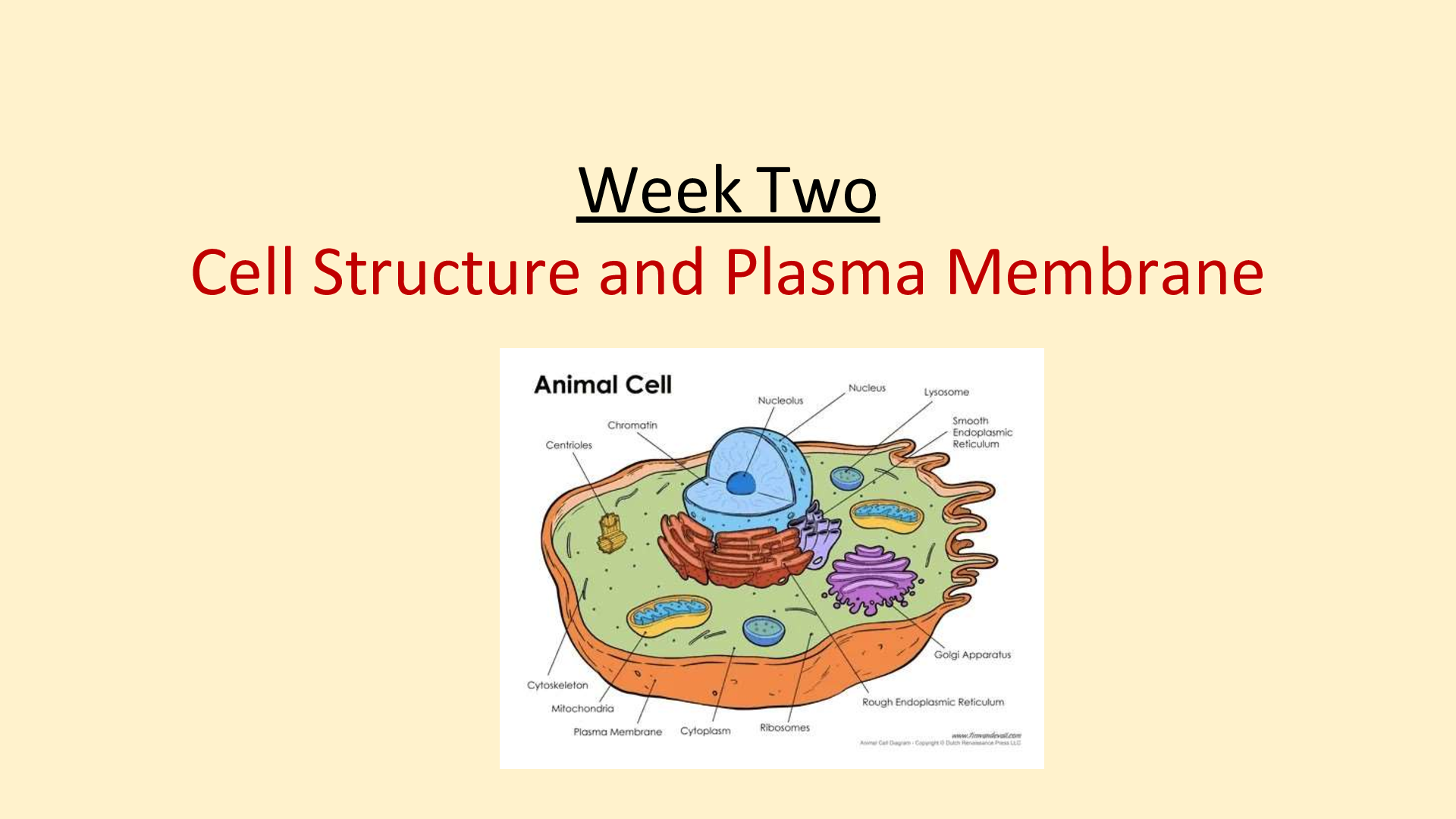
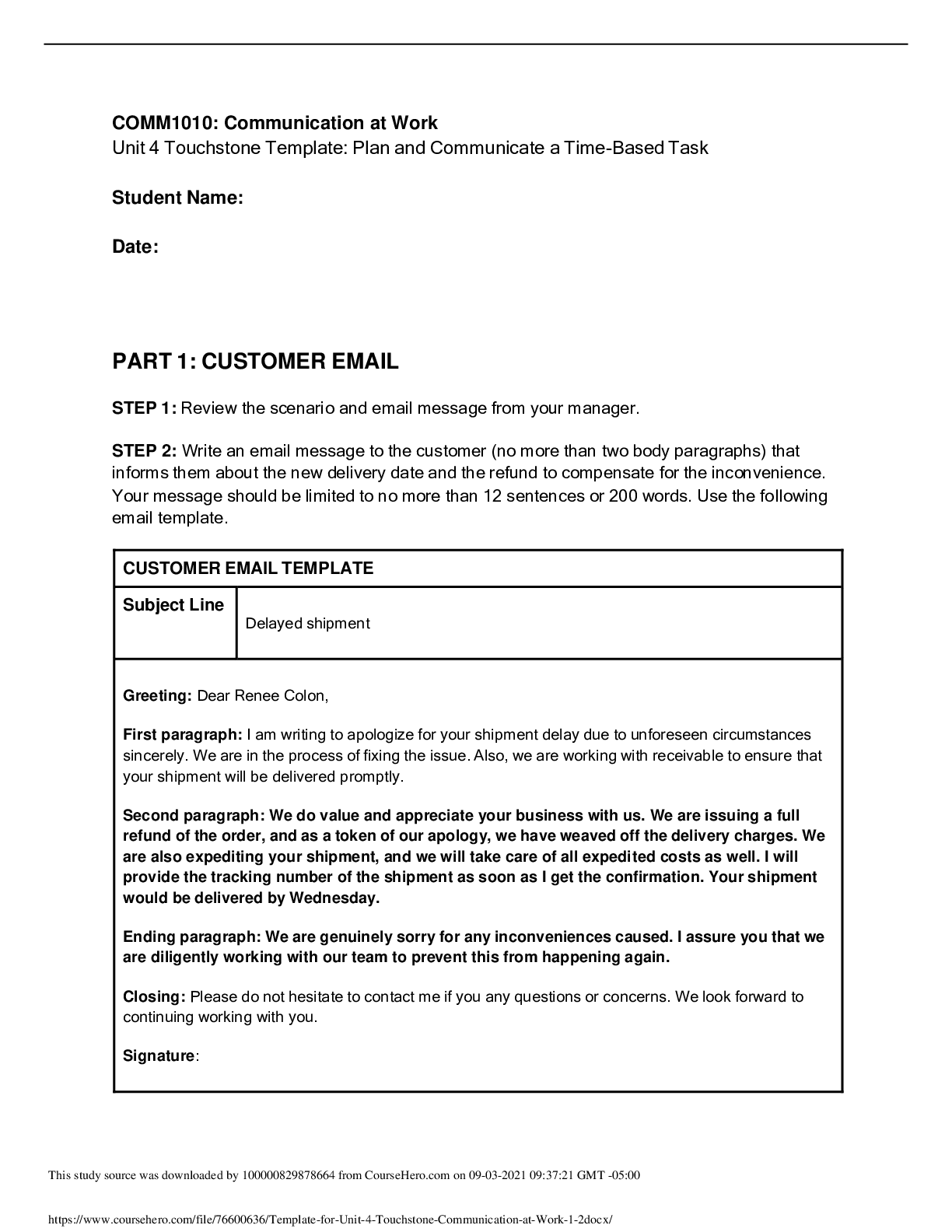
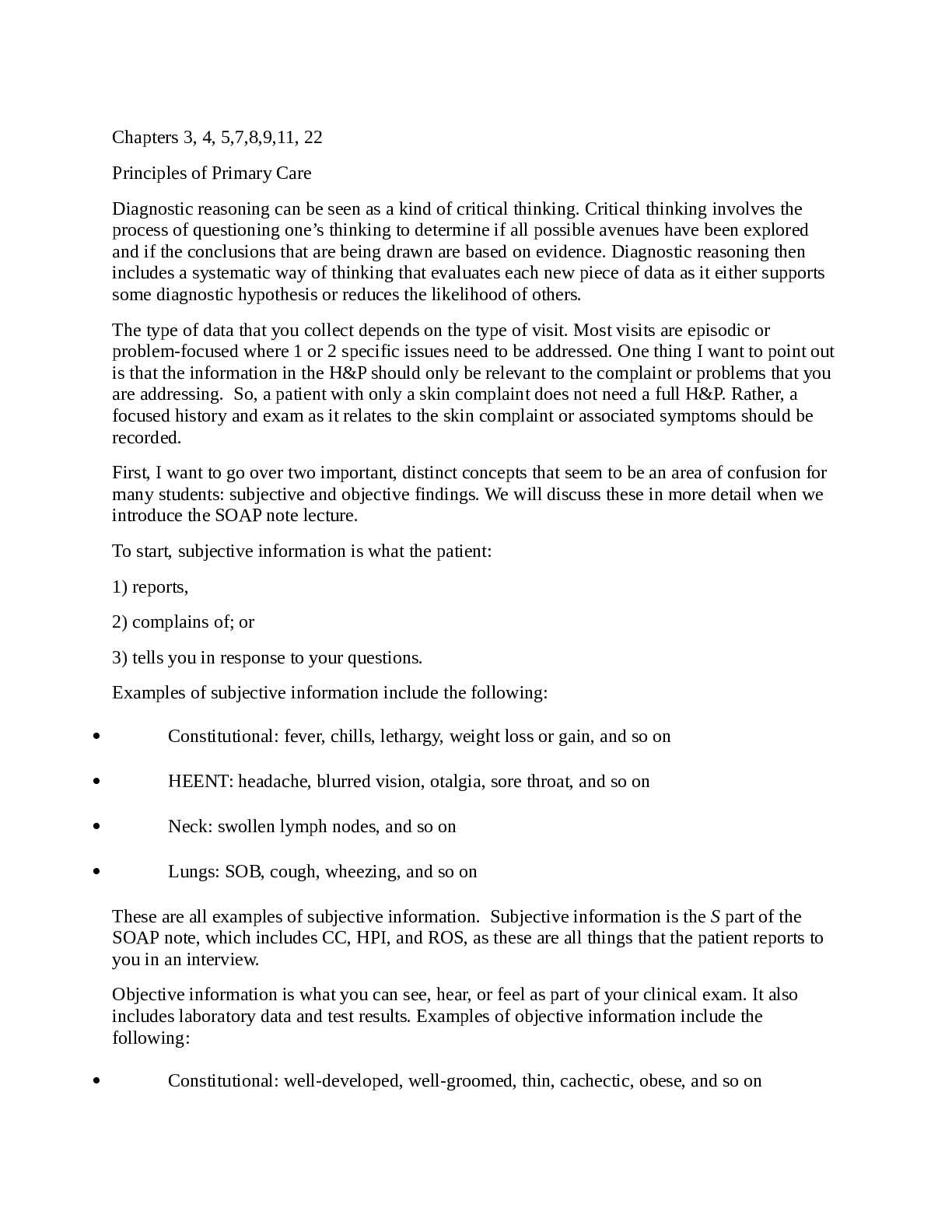
.png)
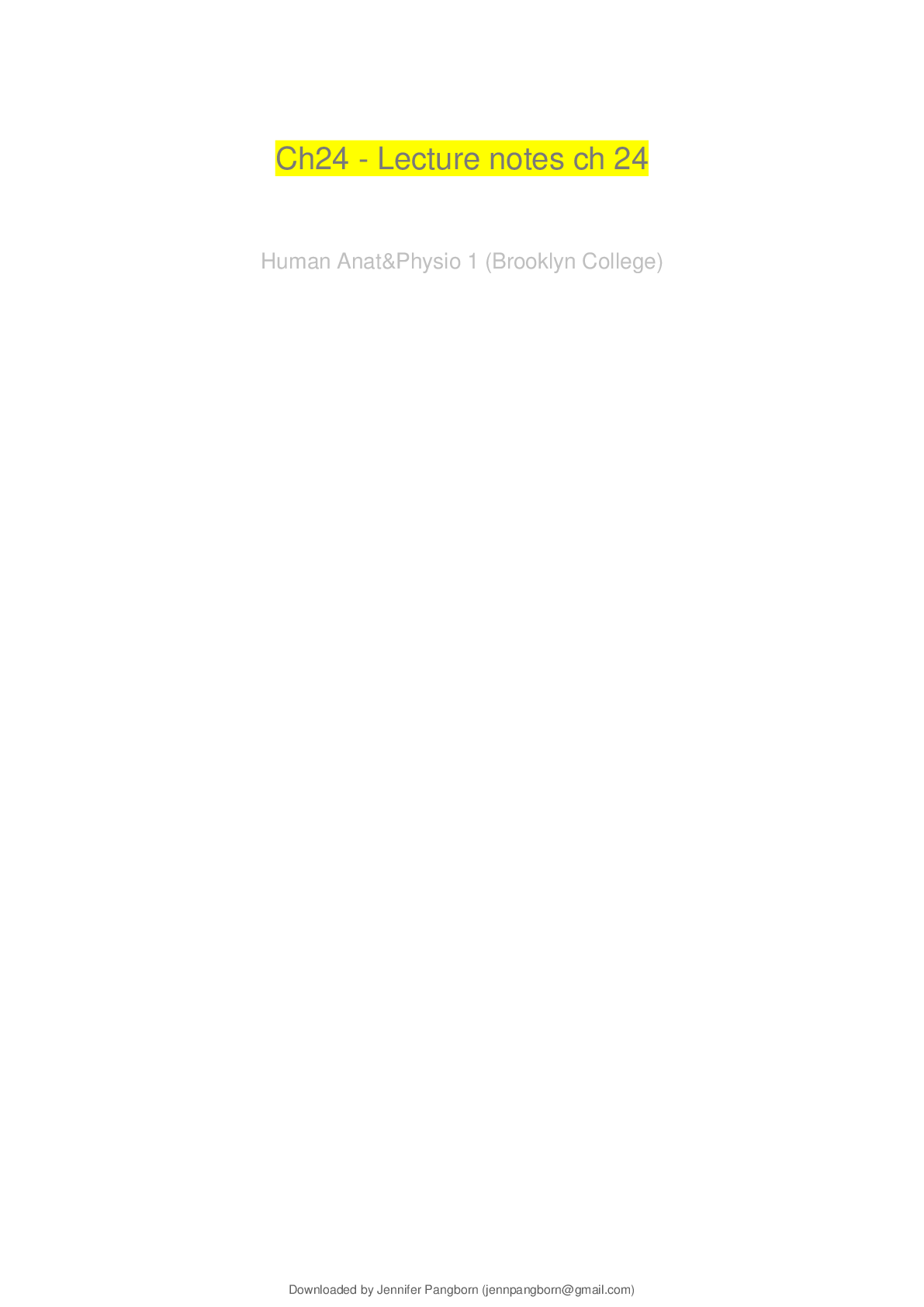
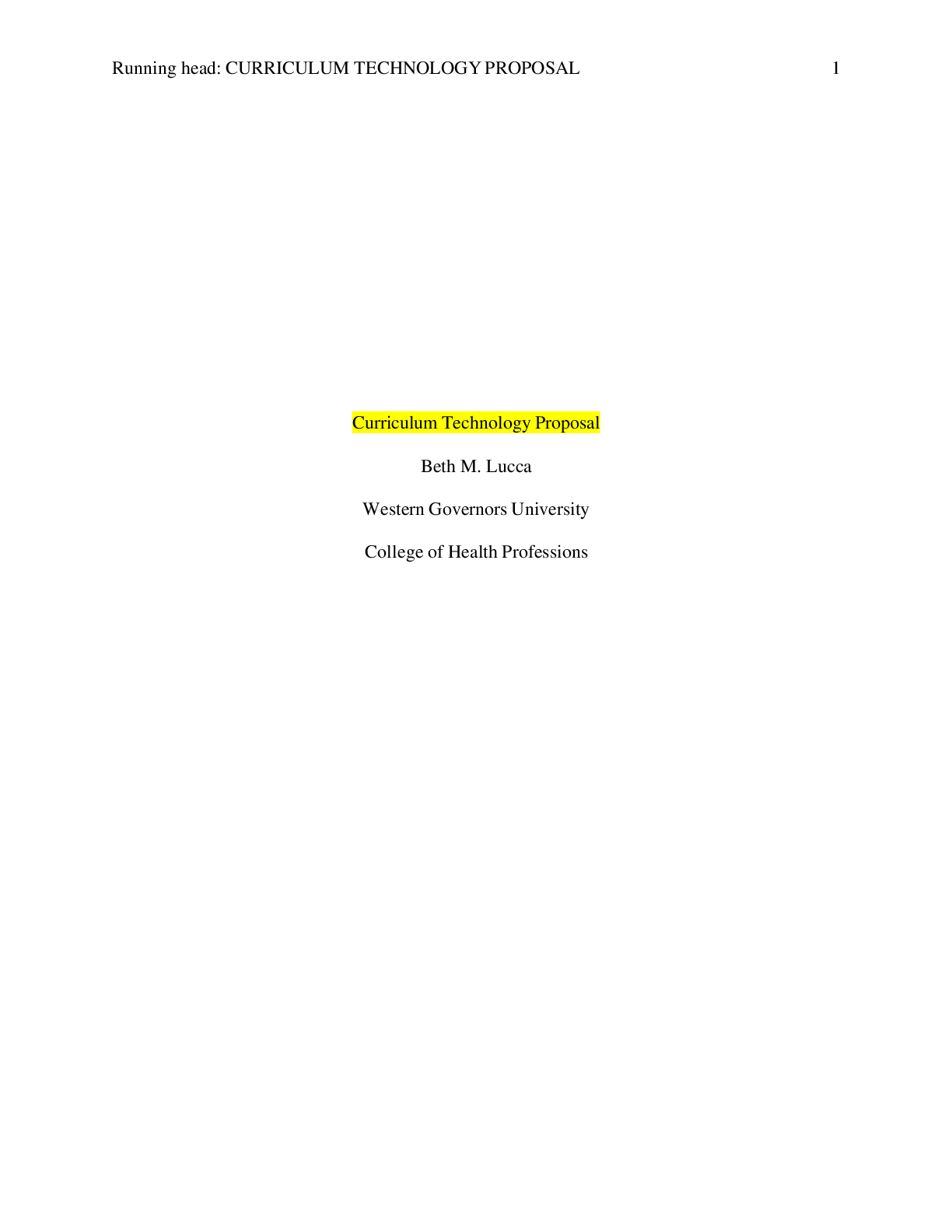
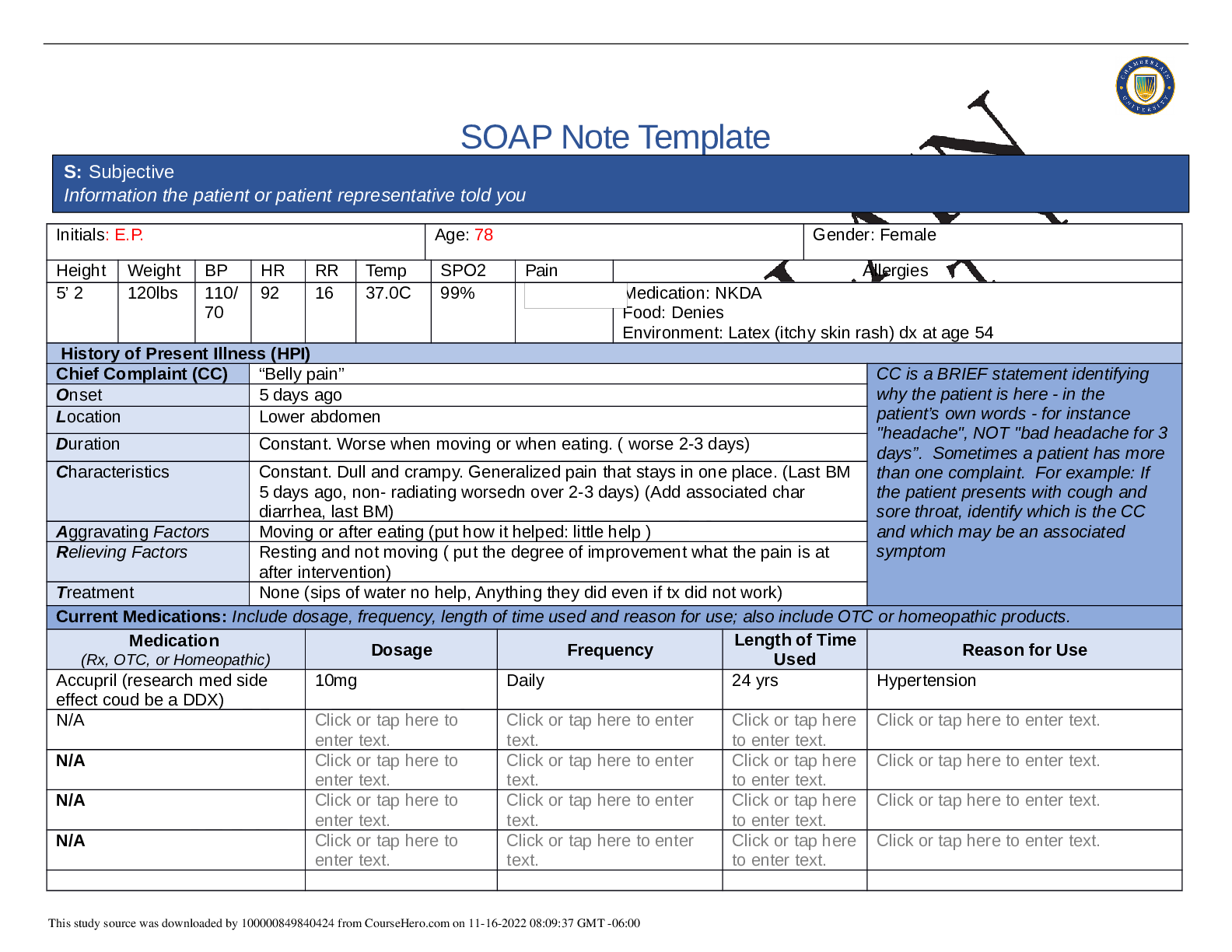

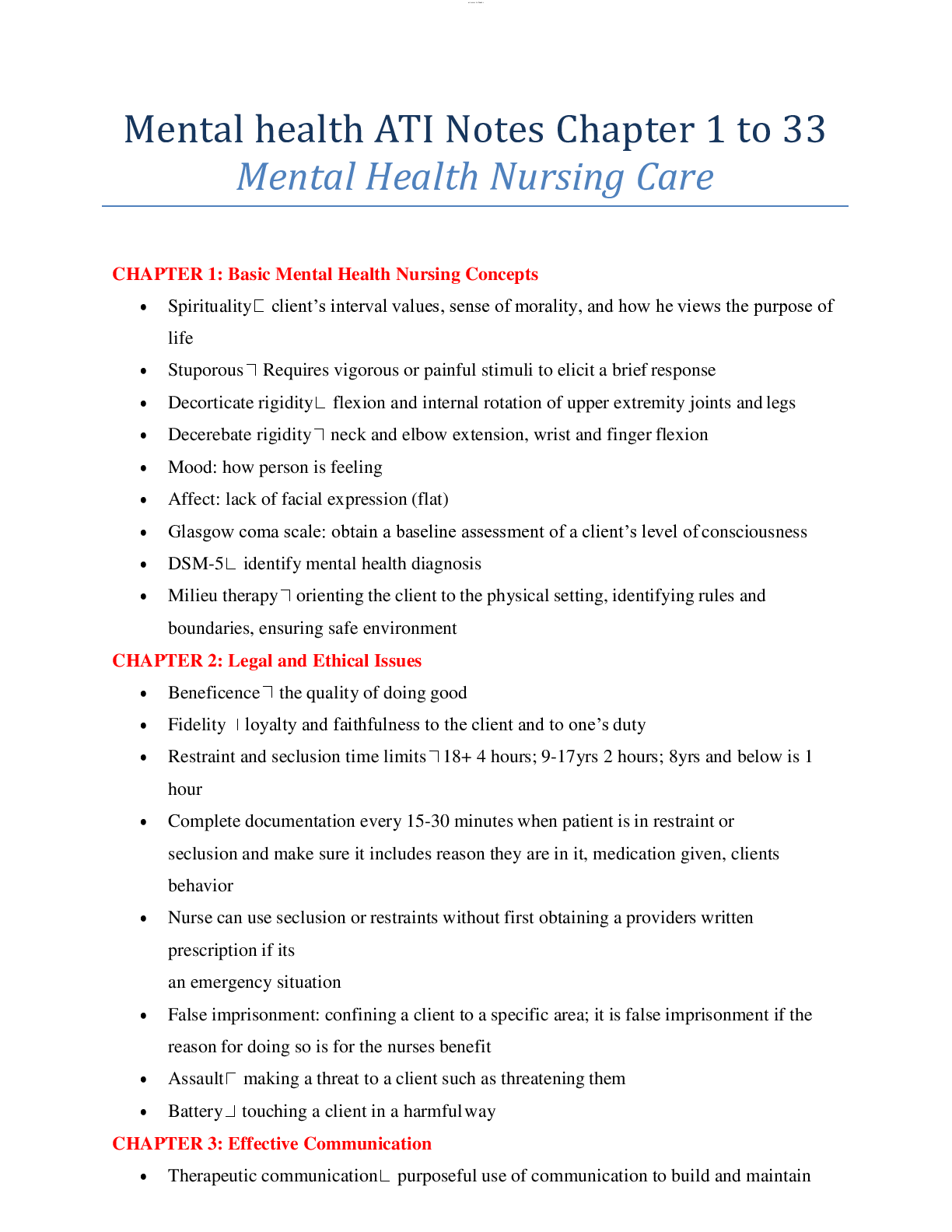
.png)


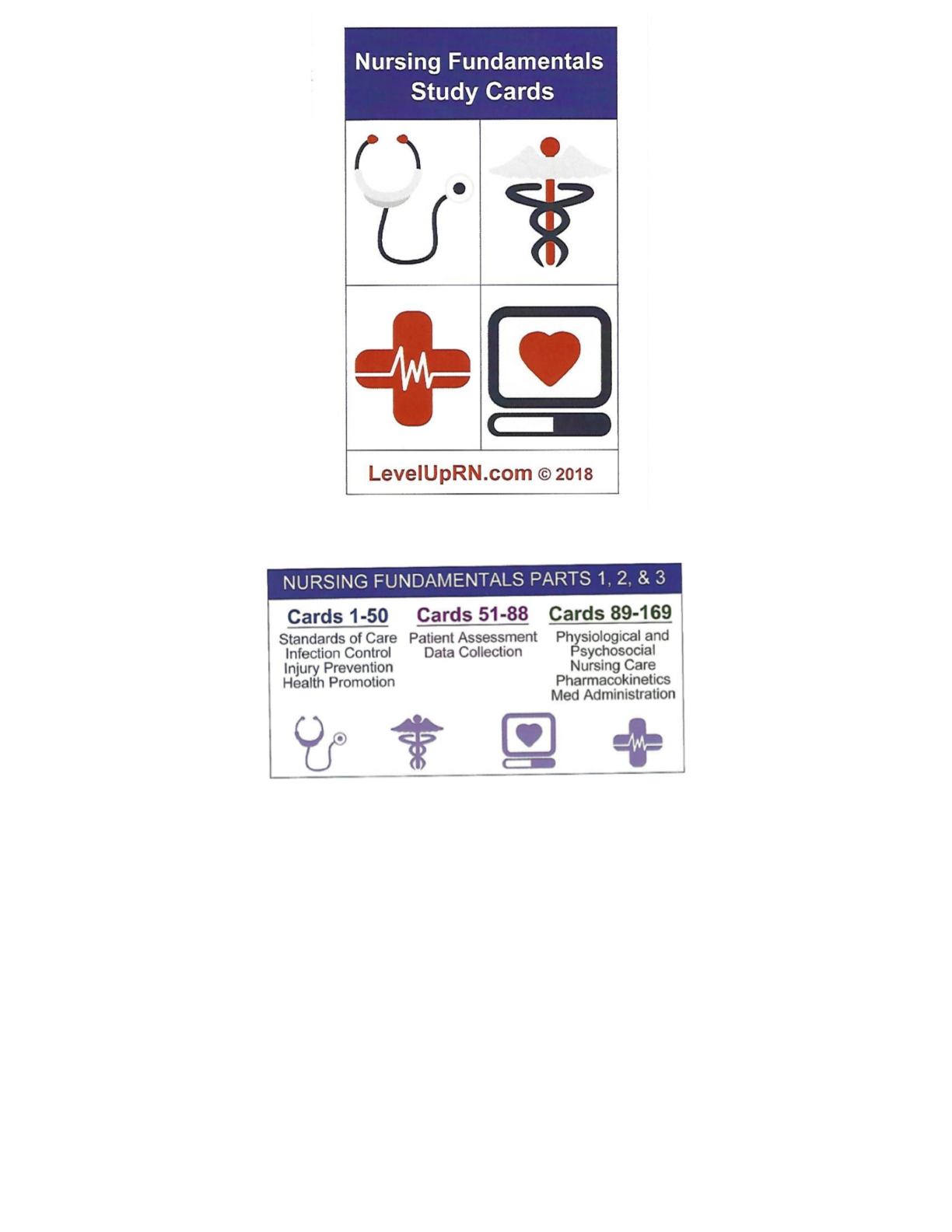

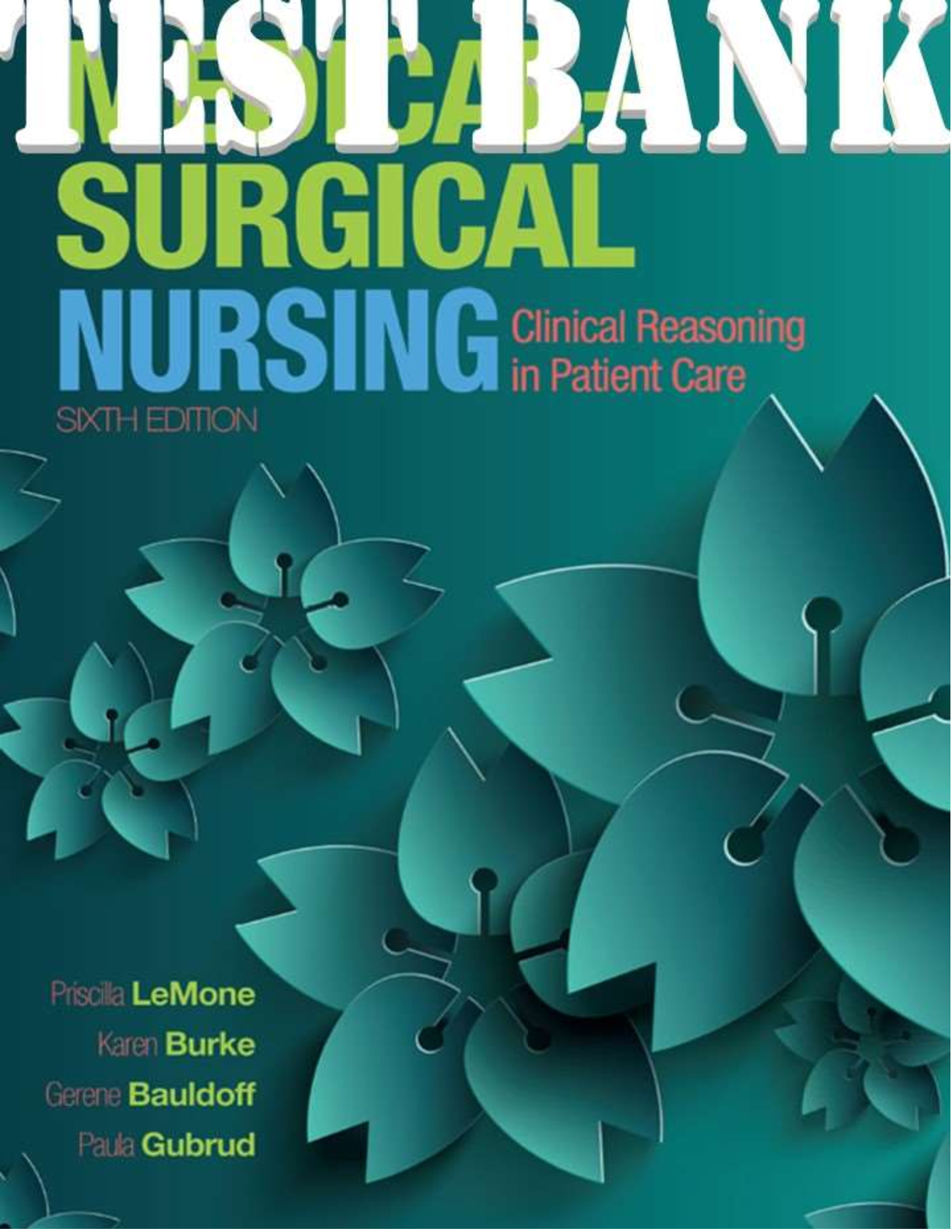
.png)

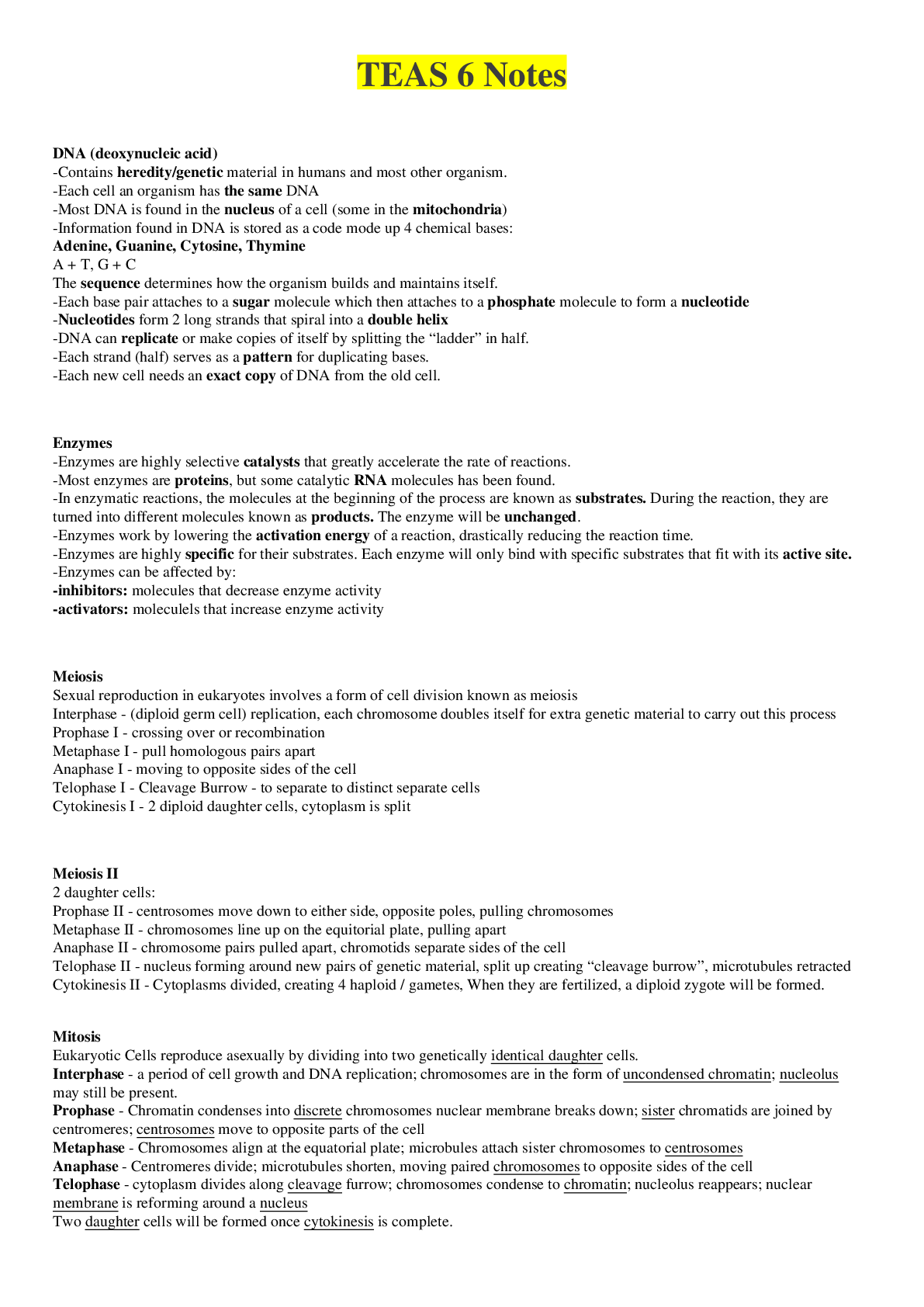

How Do Geographically Dispersed Teams Collaborate Effectively Paper.png)





